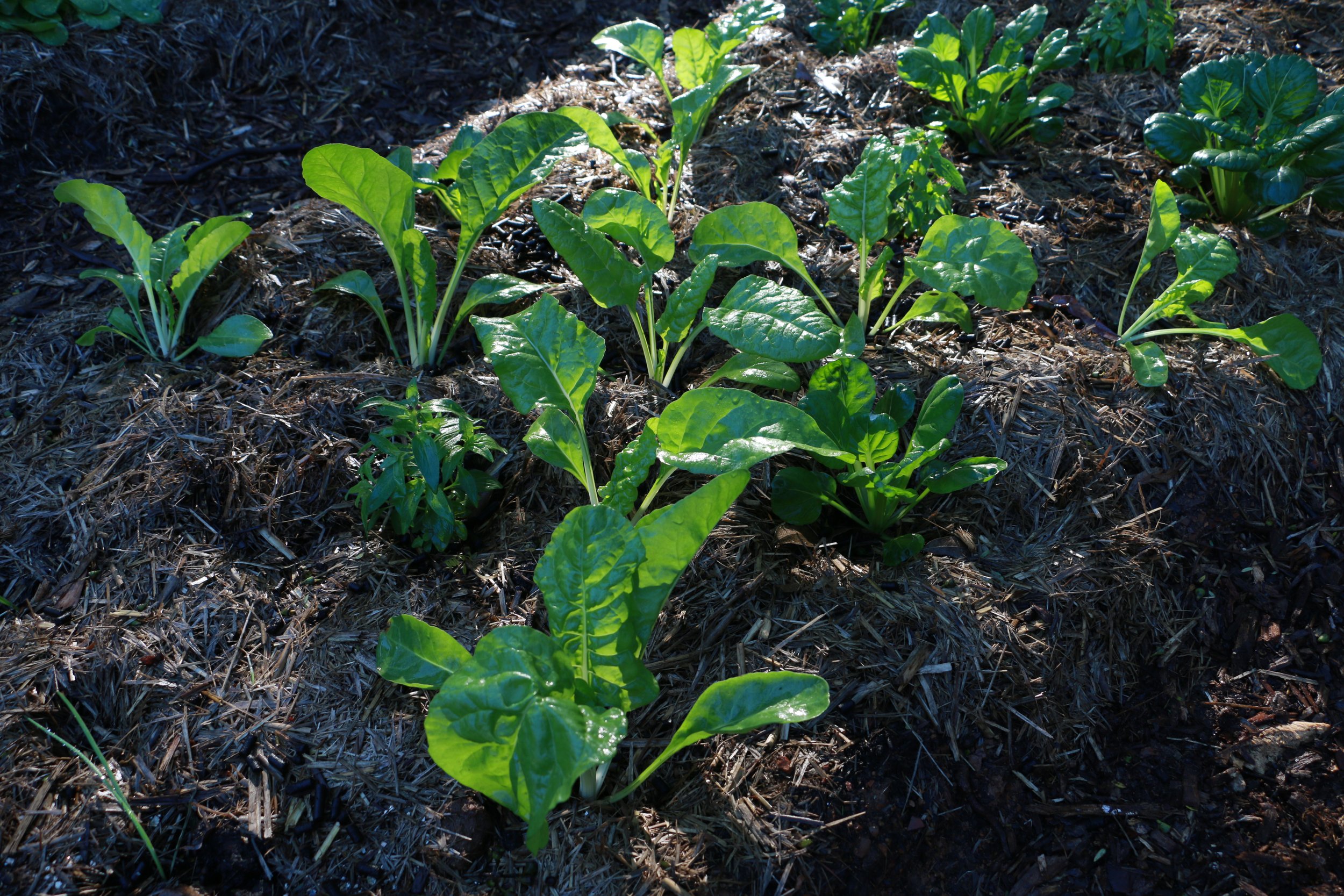5 Leafy Greens to grow over Autumn and Winter
Although the cooler weather has arrived, it doesn’t mean that things have to slow down in the garden. Autumn is the perfect time to plant cold hardy leafy greens to add to hearty dishes that warm the soul.
Leafy Greens in the garden. Photo by Robyn Boldy.
Planting a mix of these five leafy greens will surely help entice you to get outside in the garden on those chilly days. Be sure to read to the end for helpful tips on growing winter greens.
1. Silverbeet
Silverbeet, also known as Swiss chard, is a cut-and-come again leafy green, with stems that can be white, red, pink, yellow or orange. Growing up to 75cm tall, this is a staple leafy green for the Autumn and Winter vegetable patch. Harvest outer, mature leaves in just 8-10 weeks leaving younger ones to continue growing.
2. Lettuce
Lettuces are a perfect crop for beginners as they grow quickly, produce an abundant harvest and are simple to grow. Sow seeds direct or raise seedlings and plant in pots or garden beds adding new plants every few weeks to ensure a continuous harvest.
3. Rocket
Rocket seeds can be sown all year round, however planting in Autumn produces fantastic yields in frost-free areas. Perfect in warm salads, this fast growing, peppery, leafy green is great to add as a ‘filler’ crop in bare areas of the veggie patch. Ensure to harvest regularly and keep soil moist to prevent the plant ‘bolting’ or going to seed.
4. Pak Choi
Perfect to add to stir fries and salads, Pak Choi is a must-have in the veggie patch. Seeds tend to germinate quickly so don’t sow all at once, but rather sow a selection every two 2-3 weeks to have a continuous supply.
5. Kale
Kale is one of the most popular, frost hardy leafy greens to grow over the cooler months. There are many different varieties, however the curly-leaf varieties are better suited to really cold weather.
Silverbeet in the garden. Photo by Robyn Boldy.
To ensure these winter greens have the best chance at producing an abundant harvest, be sure to plant in sunny positions with at least 4 to 6 hours of sunlight per day. Plant in rich, well-draining soil for optimal plant growth amended with compost or well-rotted manure if needed. Leafy greens require regular watering every 2-3 days or more during warmer weather. Feed with organic liquid fertilizer through the growing season and mulch around the base of plants to ensure moisture is retained and soil temperature is regulated.


